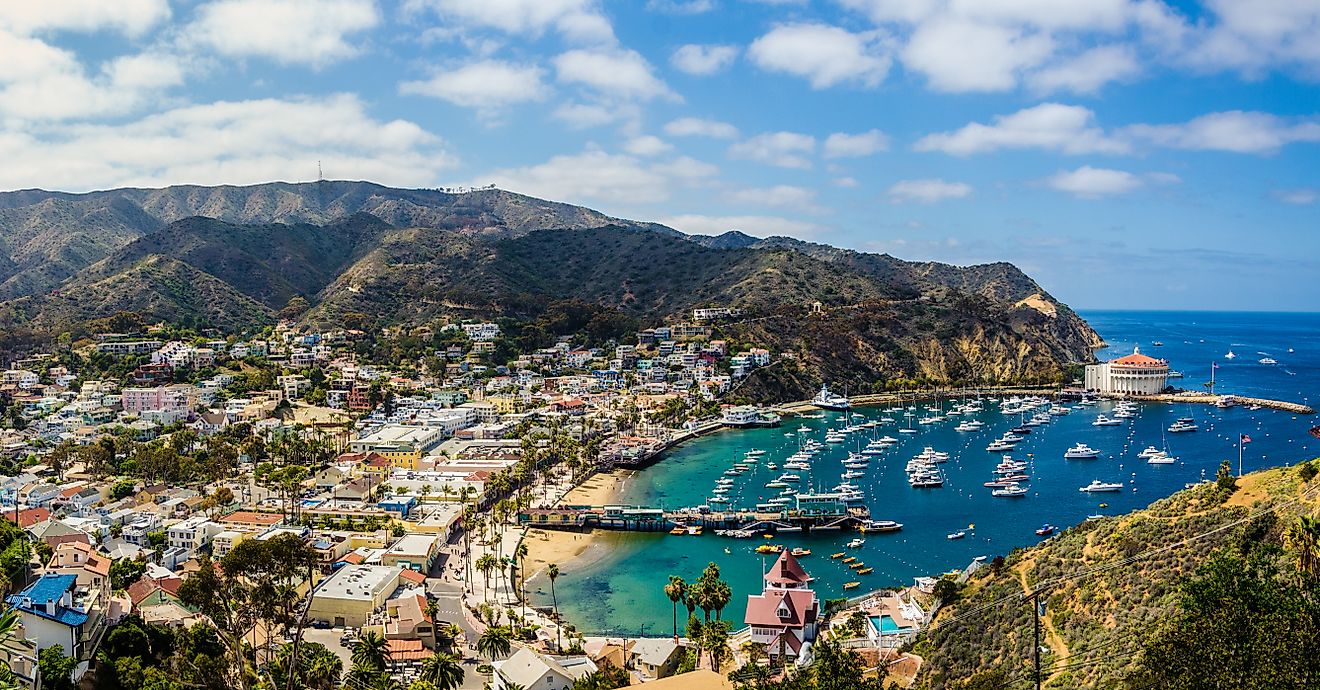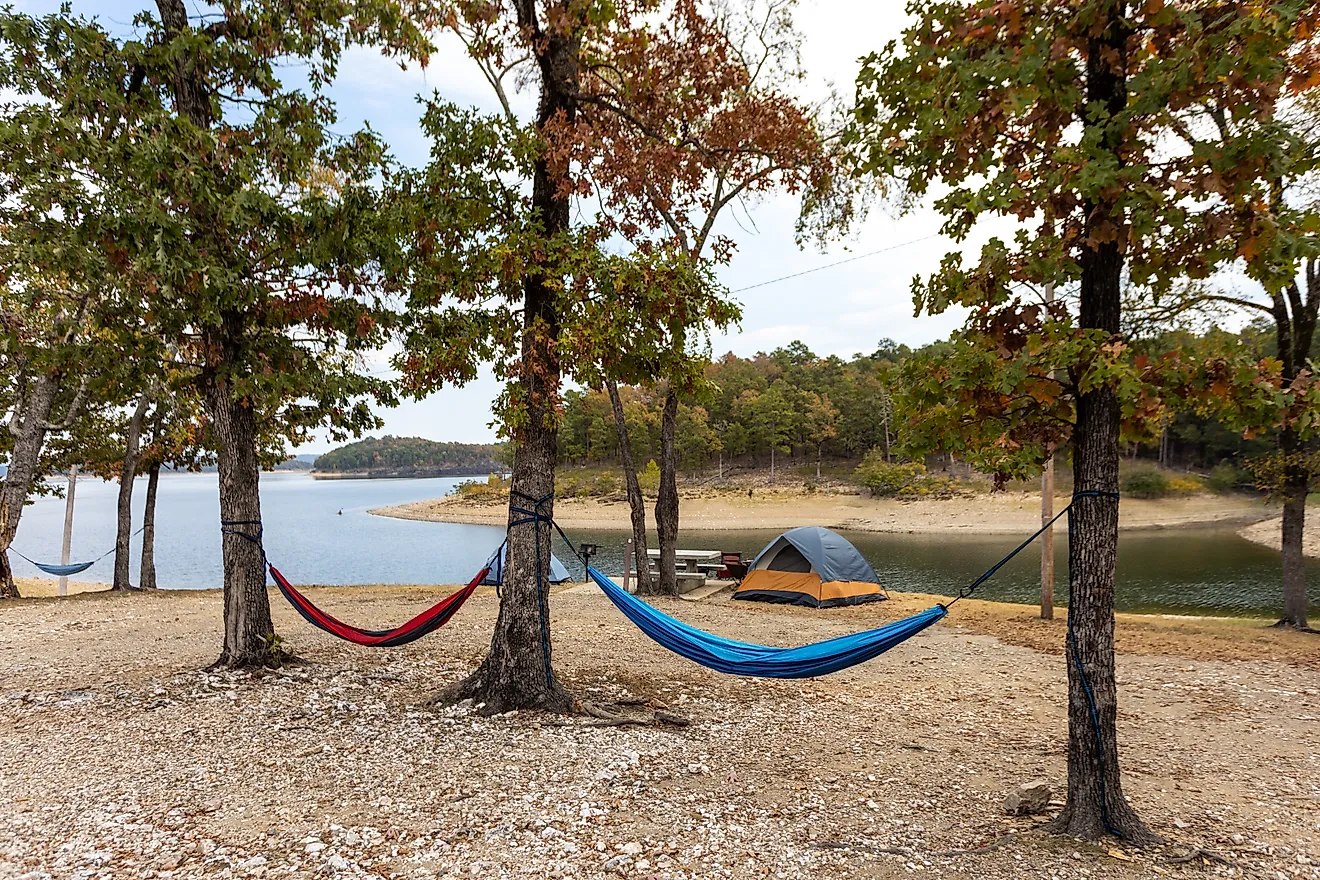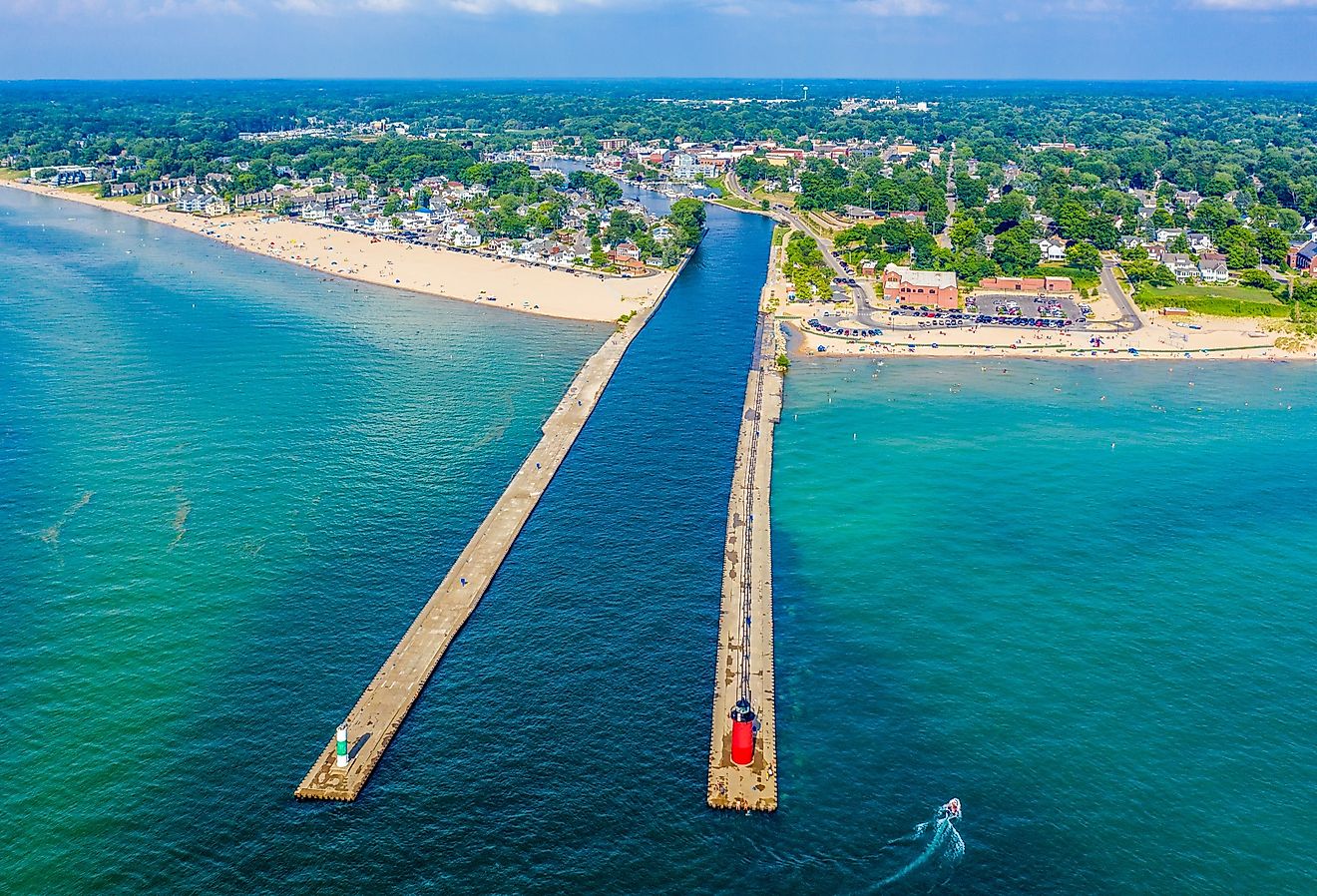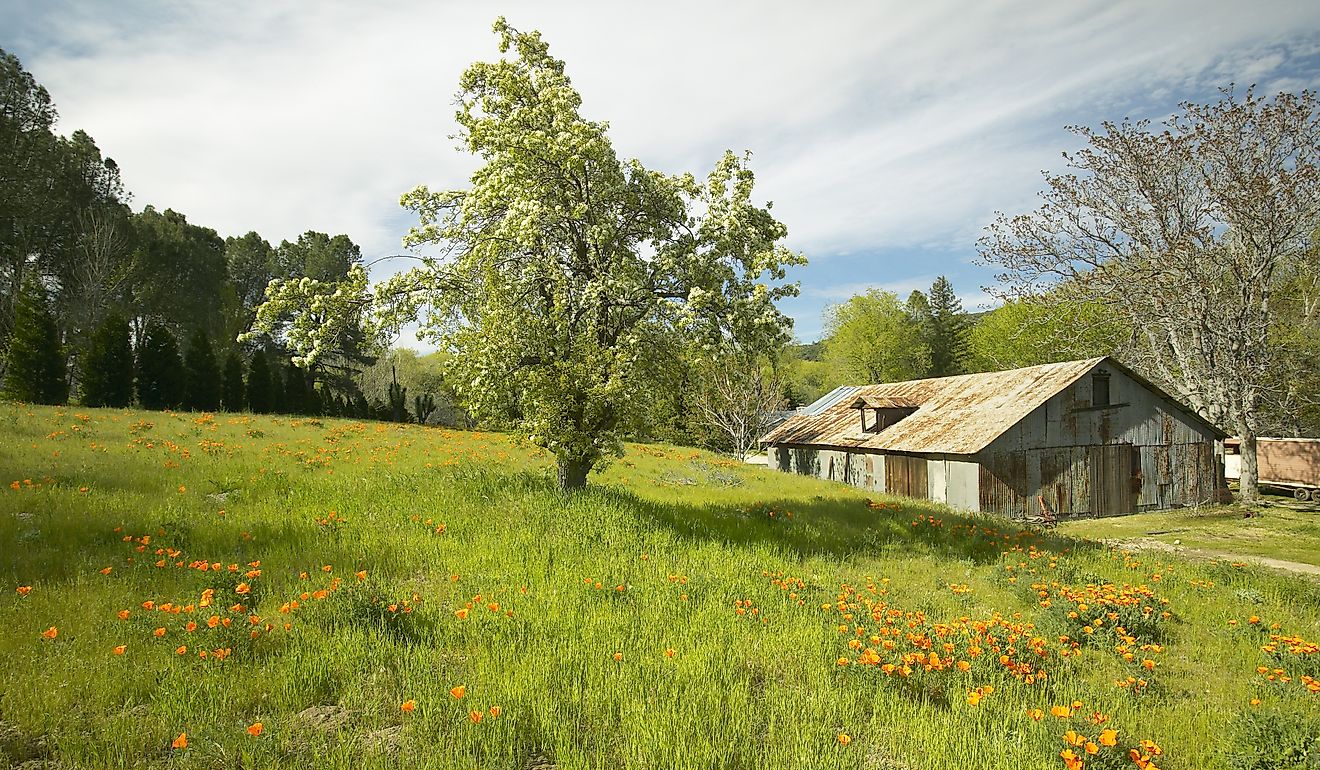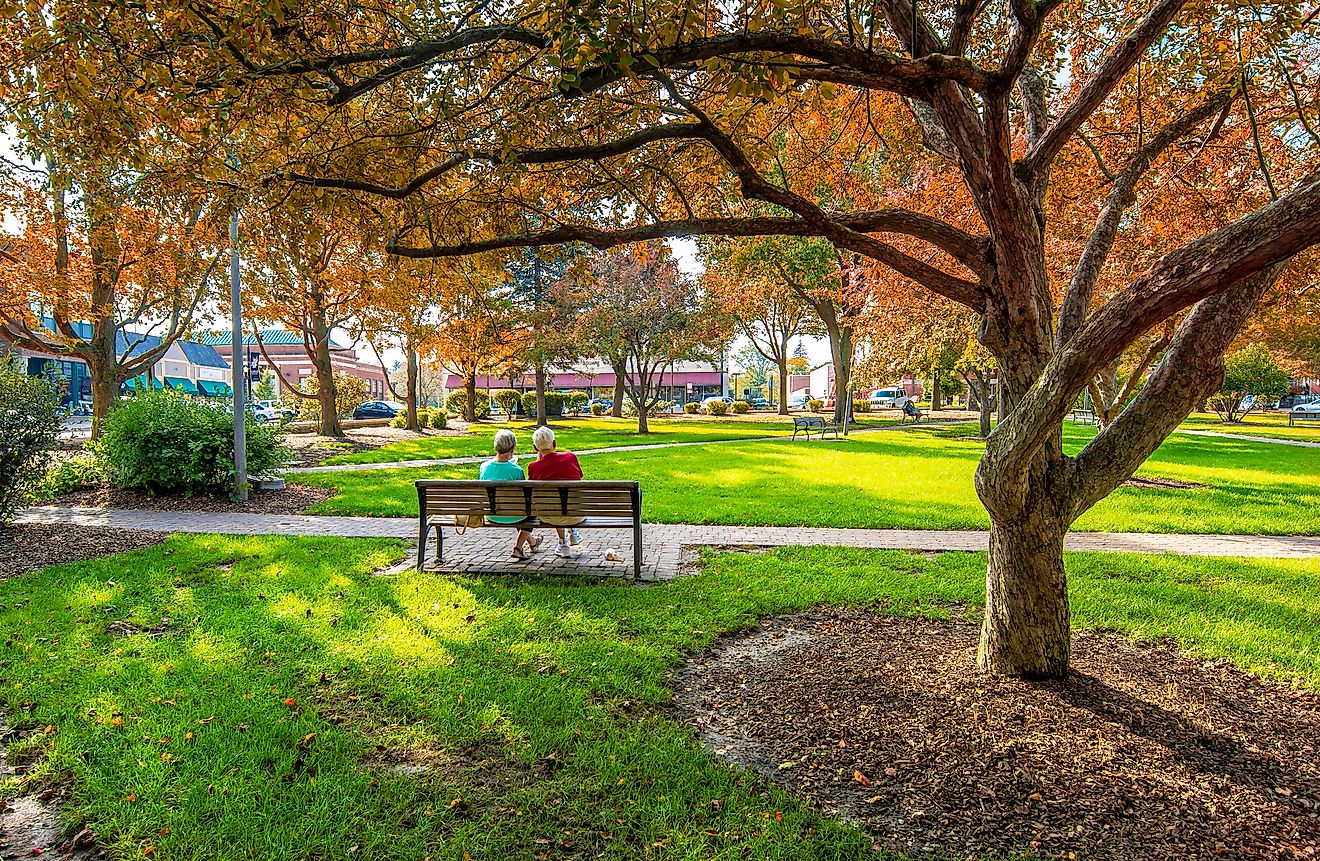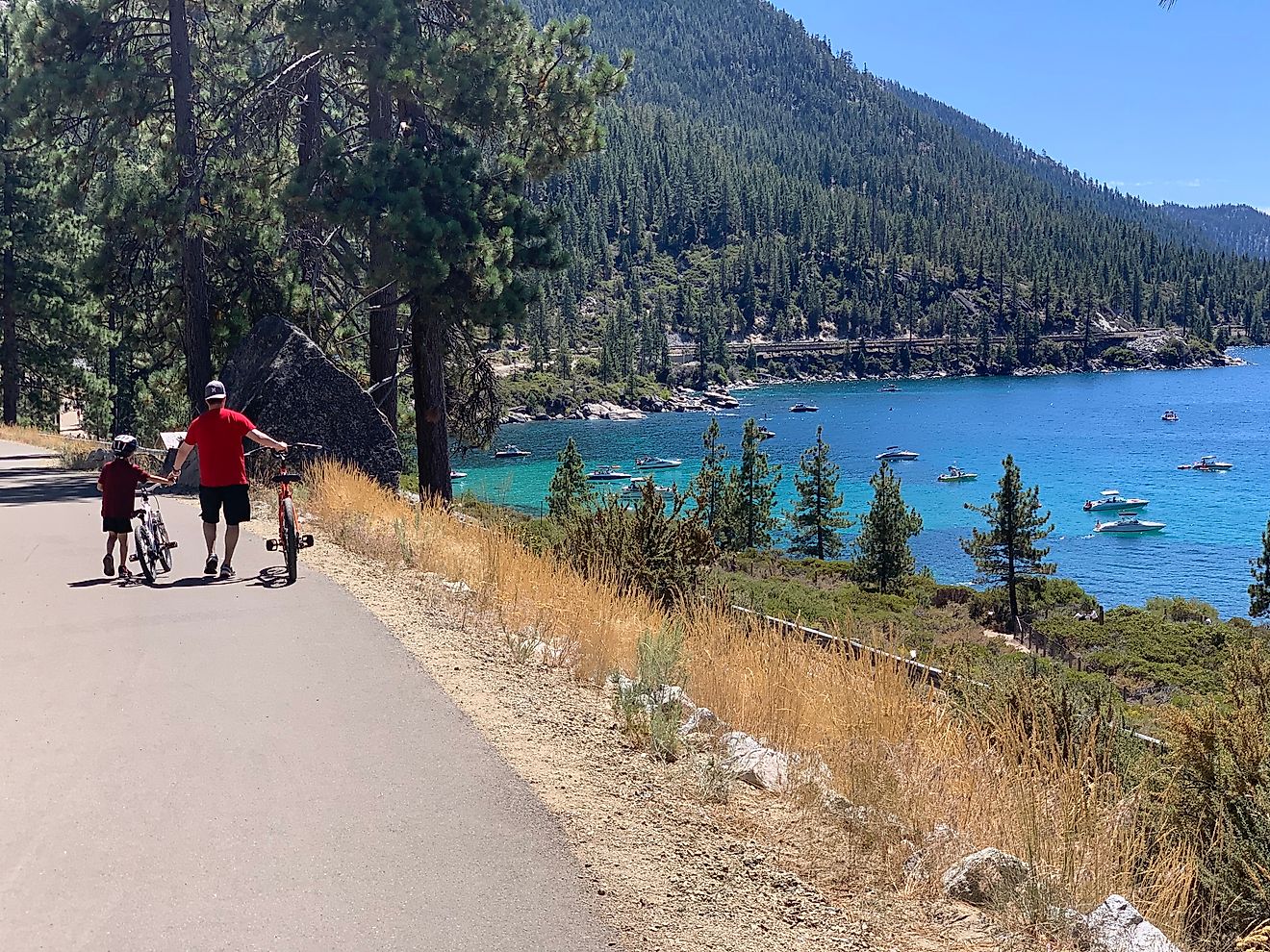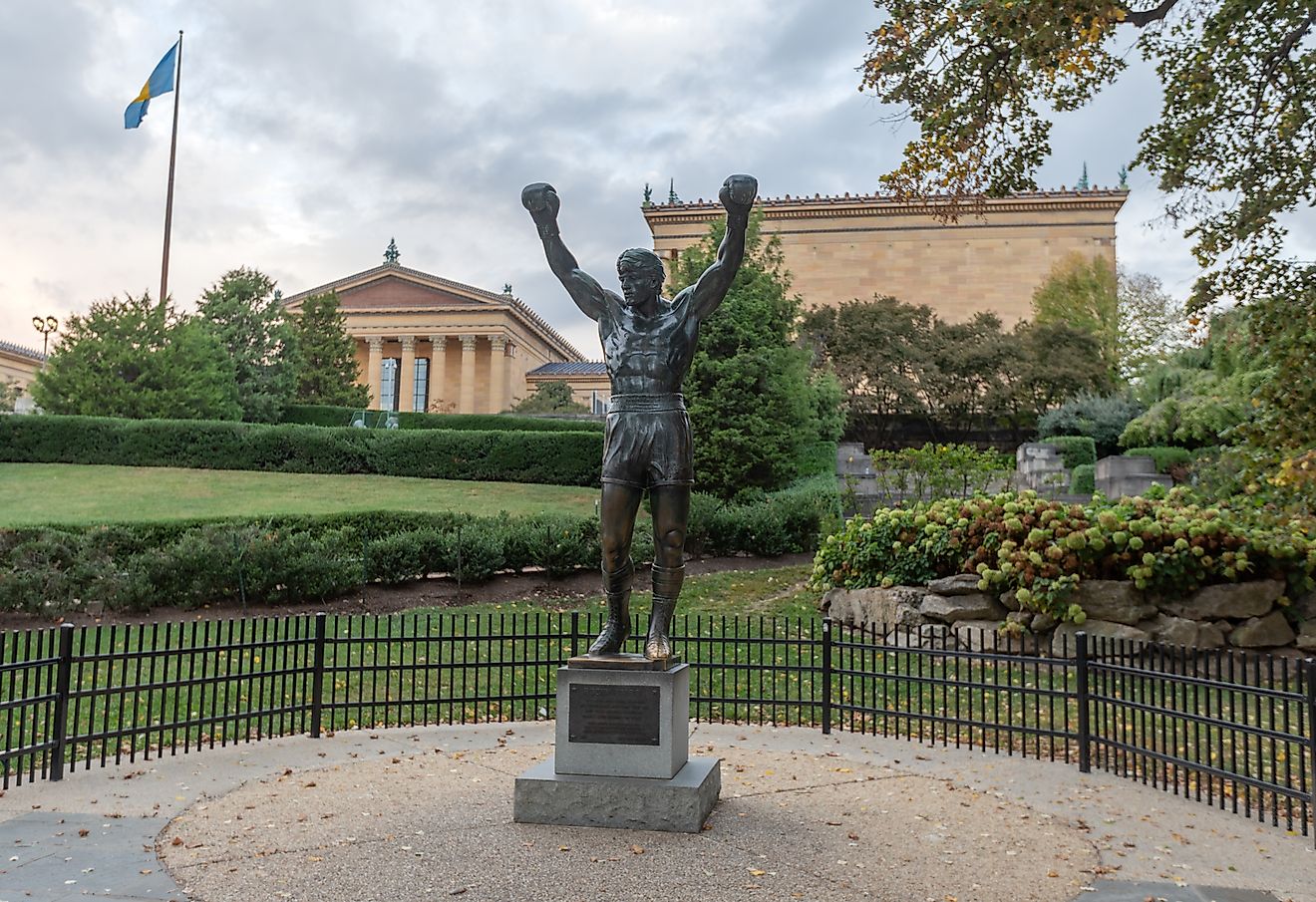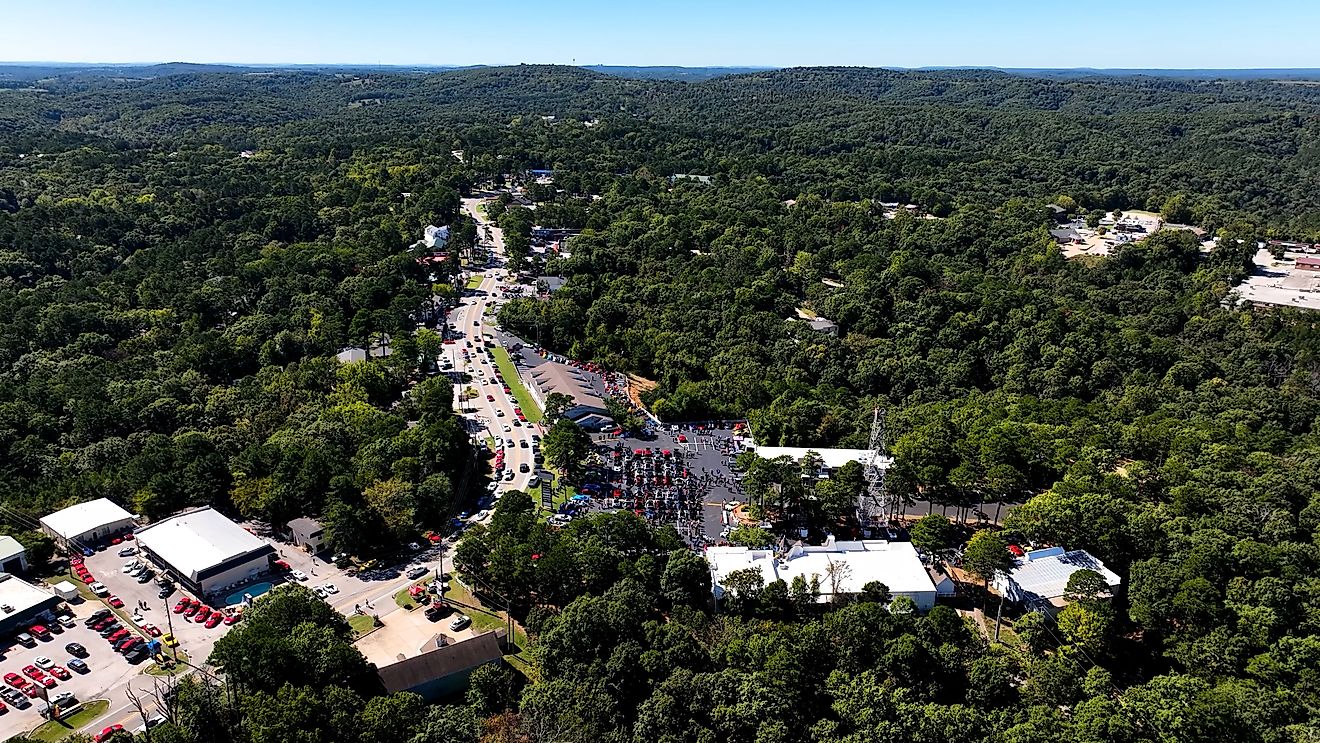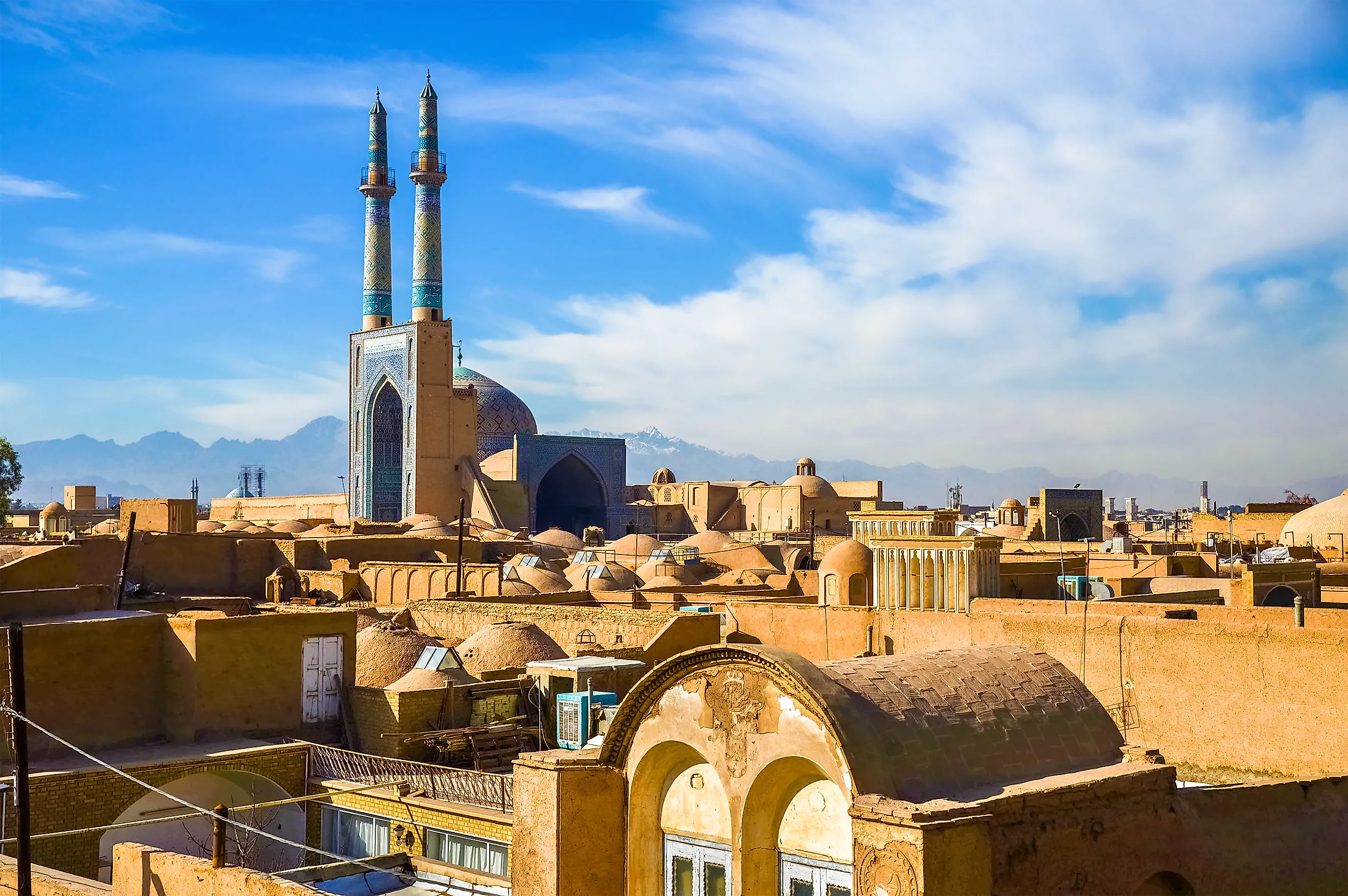
Top 10 Interesting Facts About Iran
The Islamic Republic of Iran, also called Persia, is a Western Asian country with a population of 92 million. Iran's history spans thousands of years. Hundreds of empires including some of the ancient world's most powerful ones have ruled in Persia and left their mark in the art, architecture, and culture of the country. Iran has great ethnic diversity and some of the most spectacular human-made creations. Below is a list of some of the most interesting facts about Iran.
10. Cradle of Some of the World's Oldest Civilisations
Millennia before the philosophers of classical Greece debated politics, the Elamite kingdoms had already irrigated the plains of Khuzestan, minted cylinder seals, and recorded royal decrees in proto-Elamite script on baked-clay tablets. That inventive spirit blossomed under the Achaemenid Empire (550-330 BCE), whose arrow-straight Royal Road carried messengers from Susa to Sardis in a week, and whose capitals at Persepolis and Pasargadae astonish visitors with reliefs of lotus flowers and winged bulls. Subsequent Parthian and Sasanian dynasties overlaid Hellenistic, Iranian, and Semitic ideas, turning modern Iran into an open-air archaeology classroom.
9. A Predominantly Shia Muslim Country
Iran is one of the few countries where Twelver Shia Islam, enshrined in Article 12 of its constitution, holds official status. Government statistics echoed in the U.S. State Department's 2024 Religious Freedom Report still put the Shia share at 90-95 percent, leaving 5-9 percent Sunni, clustered mostly among Kurdish, Baluch, and Turkmen communities. Legally recognised minorities include Christians (chiefly Armenian and Assyrian), Jews, and Zoroastrians, each well under one-half percent of the population. The Baháʼís, Iran's largest non-Muslim group, remain unrecognised and frequently persecuted, revealing a sharply tiered system of religious rights and parliamentary representation today as well.
8. An Energy Super-power: Fossil and Beyond
-
Reserves: Iran holds the world's 2nd-largest proved natural-gas reserves and, after a new audit in 2024, the 3rd-largest proved oil reserves (about 208 billion barrels), behind only Venezuela and Saudi Arabia.
-
Production: It stays in the global top-three for gas output and top-ten for crude production despite sanctions.
-
Nuclear milestone: The Bushehr-1 reactor, connected to the grid in 2011, was the first commercial-scale nuclear power reactor in the Middle East; the UAE's four-unit Barakah plant followed between 2020 and 2024.
-
Renewables in motion: Total renewable capacity is still modest (≈ 880 MW in 2024) but growing; the 50-MW Sabalan geothermal station is scheduled to join the grid in summer 2025, and hundreds of megawatts of wind- and solar-PV are under construction.
7. Twenty-Eight UNESCO World-Heritage Sites, 3rd Most in Asia
Iran's roster of UNESCO World Heritage Sites has grown steadily, rising from 24 in 2019 to 28 by 2024, the third-highest total in Asia after China and India, according to UNESCO's World Heritage Centre. The four newcomers showcase both living culture and engineering genius: the stepped stone villages and orchards of the Hawraman / Uramanat valleys (2021); the 1,394-kilometre Trans-Iranian Railway spanning the Caspian-Gulf corridor (2021); a nationwide serial listing of fifty-six Persian Caravanserais that once succoured Silk-Road caravans (2023); and Hegmataneh / Ecbatana, legendary capital of the ancient Medes, added in 2024.
6. The Last Refuge of the Asiatic Cheetah
The Persian, or Asiatic, cheetah has slipped even closer to the brink of extinction: field camera-trap surveys conducted in 2024 confirmed only about twelve mature animals, nine males and three females, roaming the arid plains of Semnan, Yazd, and Kerman provinces. Conservationists keep another handful at the Turan breeding centre, but reproduction there remains sporadic. A decade ago, wildlife officials still spoke of "fewer than fifty" cats, so the population has collapsed by roughly three-quarters despite expanded ranger patrols, livestock-grazing bans, and an international fund aimed at mitigating roadkill and poaching.
5. Persian Carpets: Still Legendary, but a Shrinking Market Share
Iran still dominates hand-knotted carpet production, employing more than a million mainly rural weavers, yet its grip on world markets has eroded sharply. U.S. banking sanctions, difficulty insuring shipments, and aggressive price competition from India, Pakistan, and China have pushed Iran's global share from roughly 25 percent in 2011 to just 7 percent by 2022. The slide shows in the numbers: overseas sales of handmade rugs totalled about $50 million in the 2023-24 Persian year, barely a tenth of pre-sanctions peaks.
4. The Elegant Persian Cat
Long-haired "Persian" cats first caught Western attention when the Italian traveller Pietro della Valle sent a pair of grey felines from the Safavid court in Khorasan to his wife in Rome in 1620. Their thick pelts and round faces created a sensation among Europe's aristocracy, and breeders in France and Britain soon crossed them with Angora cats to intensify the plush coat. Over centuries of selective breeding, the profile shortened into today's trademark "peke-face," while the breed's gentle temperament and palette of 200 patterns cemented its status as an icon and beloved pet.
3. A Cuisine of Aromatics and Balance
Iranian cuisine is a feast for the senses. From saffron-scented chelow kebab and herb-laden ghormeh sabzi to the sweet-tart complexity of pomegranate-walnut fesenjān and the cool crunch of mast-o-khiar yoghurt-cucumber dip, every meal showcases colour, aroma, and the delicate sweet-sour equilibrium achieved with dried limes, barberries, rose water, and smoky char-grilled meats. Rice is elevated through tahdig, the golden crust prized at family gatherings, while pickled torshi and freshly baked flatbreads round out the table. Persian techniques travelled west with the Safavids, shaping Ottoman stews, Caucasian pilafs, and even Mughal biryanis.
2. Pahlevani and Zoorkhaneh: The World's Longest-Running Martial-Arts Gym
Classified by UNESCO as the world's longest-running martial-arts training system, Pahlevani-and-Zoorkhaneh rituals weave legends of Rostam and other pre-Islamic heroes with rhythmic drumming and Sufi poetry. Inside a sunken, octagonal pit beneath a domed zoorkhaneh ("house of strength"), bare-footed athletes swing 20-kilogram wooden meels, press iron bow-shaped shields, and twirl to the cadence of a morshed beating a goblet drum while chanting verses from the Shahnameh. The ritual, which dates back more than a thousand years, still thrives in Tehran, Isfahan, Iraqi Kurdistan, and Azerbaijan's Absheron Peninsula.
1. Mount Damavand: The Highest Volcano in Asia
Mount Damavand pierces the clouds at 5,609 m (18,403 ft), dwarfing every other summit in Iran's Alborz chain, 70 km northeast of Tehran and a short drive from the Caspian coast. Its near-perfect, snow-capped cone, still venting sulfurous fumaroles, attests to dormant volcanic power; Holocene eruptions spilled pumice fields that hikers crunch across today. Boasting a topographic prominence of 4,667 m, Damavand is the world's 12th-most prominent peak and undisputedly Asia's tallest volcano. Persian legend claims it imprisons the demon Zahhāk, and its silhouette adorns coins, poetry, and countless expressions of national pride.
